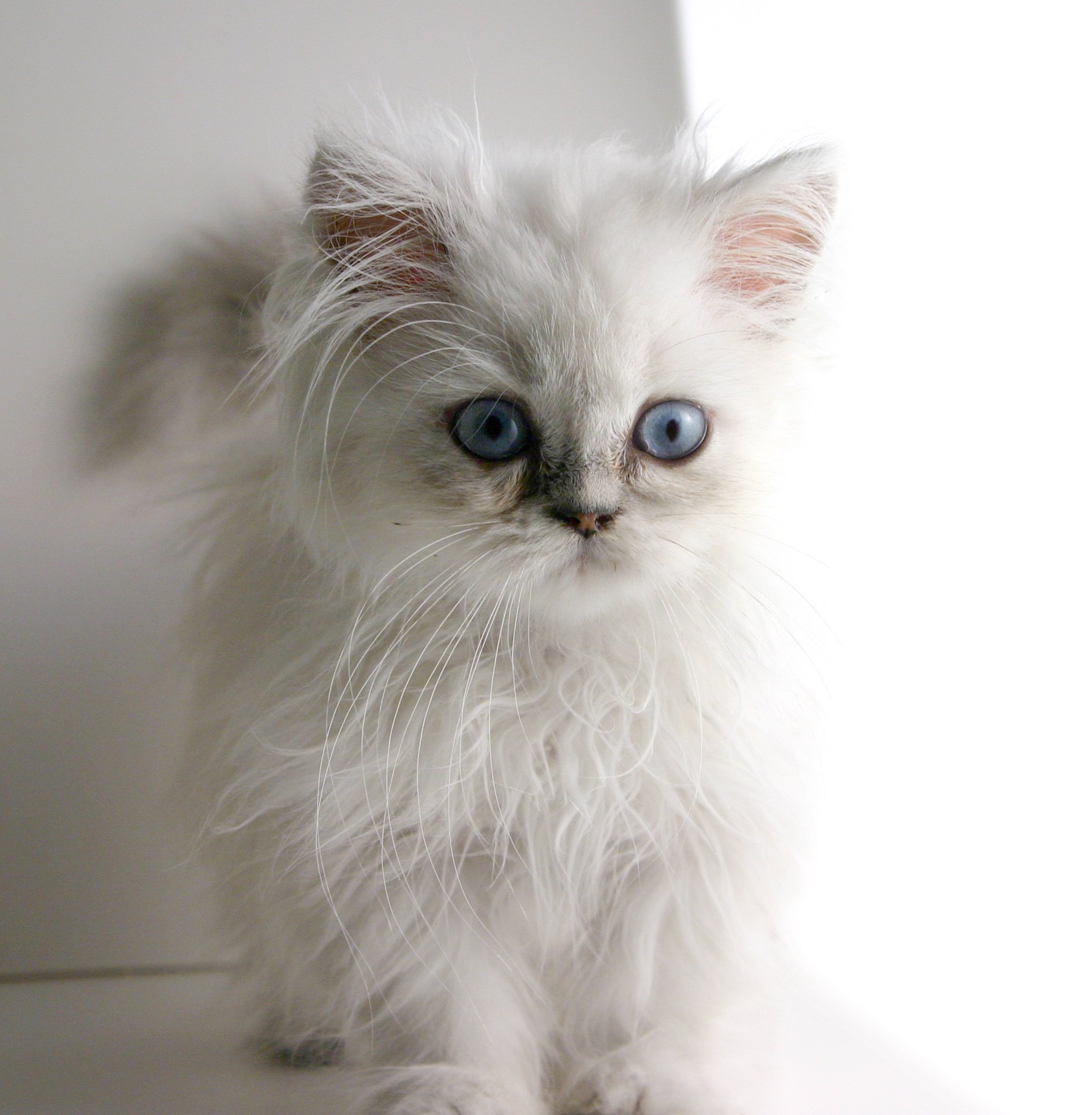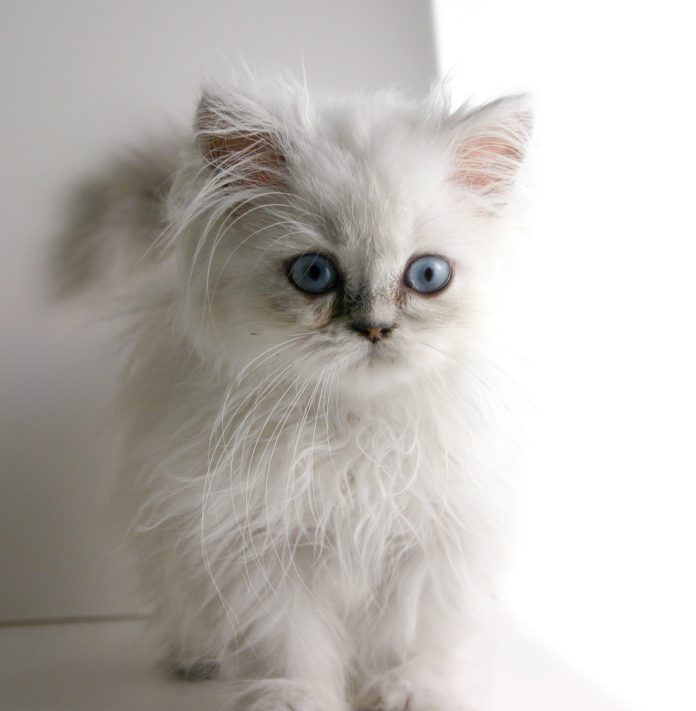Peterfactors | Adobe Stock

A team led by Cornell dermatologist William H. Miller, VMD, Medical Director of the Companion Animal Hospital at the Cornell University College of Veterinary Medicine, researched the medical records of 1,407 cats with dermatologic diagnoses and noted that Himalayan cats are much more likely than other cats to be diagnosed with a skin disease. Why is not clear, but it may be due to breeding practices that can increase the frequency of genetically-influenced diseases like allergies.
Indeed, the most common diagnoses found in the study were allergies (inhalant or environmental) and bacterial folliculitis/furunculosis. “The high frequency of allergic diseases not only shows that allergies are fairly common in the cat, but that they are also frustrating to manage,” Dr. Miller says. “Allergies are forever, which means they have to be treated forever. Many of these cases are referred to specialists so that the cat receives the most up-to-date treatments.”
“Fortunately, true hot spots are rare in cats,” Dr. Miller says. “Cats who create hot spots around their ears usually have been shaking their heads or showing some other signs of ear disease before the hot spot appears.”
Hot spots differ from acute moist folliculitis and furunculosis where the raw skin is thicker than the surrounding skin, Dr. Miller says. You’ll notice small raised skin bumps or even pus-filled bumps when you clip the area. Owners often miss bacterial disease because it’s hidden by the cat’s coat. “Bacterial infections are itchy in animals, and it’s not uncommon for an animal with an infection to suddenly attack one infected area because the itchiness there becomes intolerable.”



